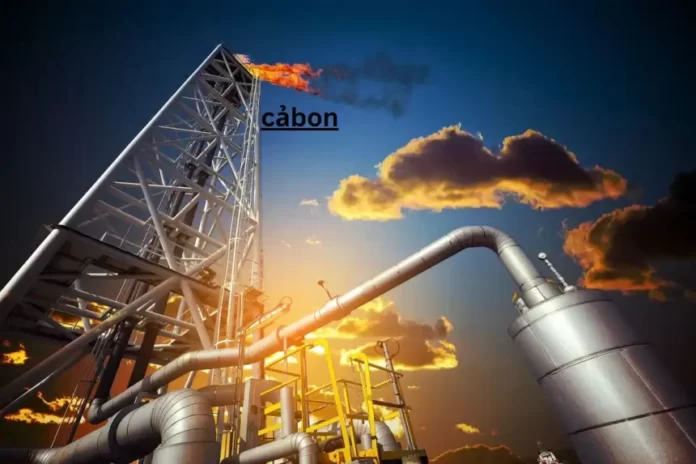Cảbon is a fundamental element that we find abundantly in our nature. In fact, it has an immense significance in various fields of science and tech as well. So, as we know, it has a huge role as the building block of life. Additionally, it’s also versatile when it comes to applying in industries such as electronics, materials, and energy.
There’s no doubt about the fact that Carbon has revolutionized the way we think and understand our world. So, if you want to know more about this element and its significance, you are at the right place. This article highlights the fascinating world of carbon and explores its properties, applications, and much more.
An Overview Of Cảbon
So, if you are someone who wants to know how cảbon works, you are at the right place. So, as we all know, this element is denoted by the symbol “C” in the periodic table. In fact, it’s an essential element with the atomic number six. According to the reports, it’s a nonmetal that exists in various forms, including graphite, diamond carbon nanotubes, and fullerenes. So, the ability of Carbon is to form strong covalent bonds. Moreover, it also has a great chemical versatility which makes it the backbone of numerous organic compounds. As such, it serves as the foundation stone of life as we know it.
The Role of Carbon In Life and Biochemistry
Since we have a clear idea about Carbon, it’s time to dive into the complex areas: Its role in our life and biochemistry. Readers may like to know that Carbon plays a crucial role in the chemistry of life. For example, it serves as the basis for organic molecules such as carbohydrates, lipids, and nucleic acids.
Additionally, it forms the structural framework for biomolecules as well, thus enabling its intricate processes of metabolism, reproduction, and growth. So, Carbon’s ability is to bond with other elements and itself in long chains. This is how it creates diverse biological systems in the first place.
Highlighting Carbon-based Materials And Their Applications
Carbon is known as the most versatile element. So, as a result of this, it has many applications in various fields of materials technology and science. Let’s cite some examples here.
-
Carbon Fiber
As we know, carbon fiber composites are extremely lightweight, yet incredibly strong and durable. In fact, their height strength-to-weight ratio makes them absolutely ideal for applications that require immense strength. So, people generally use them in the aerospace industry. For example, we use them to make aircraft components and high-performance sporting equipment.
-
Carbon Nanotubes
So, it’s worth noting that Carbon Nanotubes are cylindrical structures made of rolled-up graphene sheets. Just like the carbon fier, these also exhibit high strength and thermal conductivity. So, readers may like to know that we use them generally in nanomedicine, nanoelectronics, etc.
-
Graphene
Next, we have Graphene, which is a single layer of carbon atoms arranged in a 2D lattice. It possesses exceptional electrical and thermal conductivity. So, it has exceptional mechanical properties. Furthermore, it holds fine potential for advancement in the field of technology, energy storage, and sensor technology. Concepts such as flexible displays, high-speed transistors, etc have become possible thanks to Graphene.
Impact of Carbon on Energy & Sustainability
There’s no denying the fact that carbon is one of the most vital elements for our survival. In fact, it’s also true that there are many carbon-based energy sources, such as coal, oil, and natural gases. So, all of these have been crucial to the development of the modern society.
However, it’s also true that the combustion of these fossil fuels releases CO2, which eventually contributes to climate change. In fact, the increasing focus on sustainable energy has led to a high level of advancement in carbon capture and storage tech. Many scientists have found a way to reduce CO2 emissions and mitigate their impact on our environment.
Read Also: Factors To Consider Before Considering A Graduate Course In Engineering































































